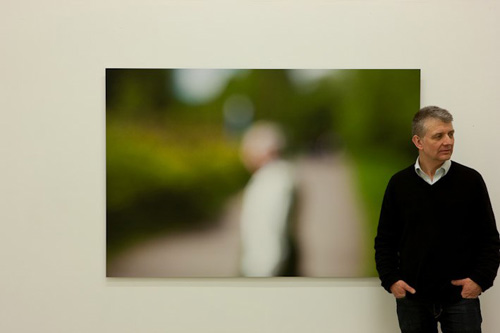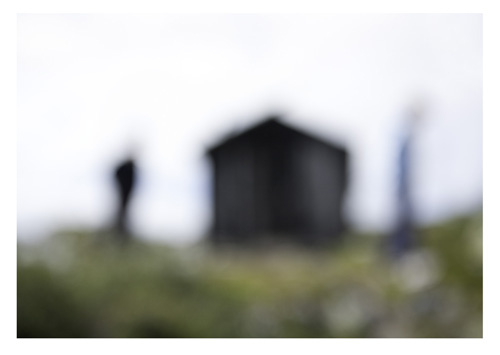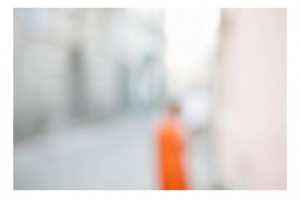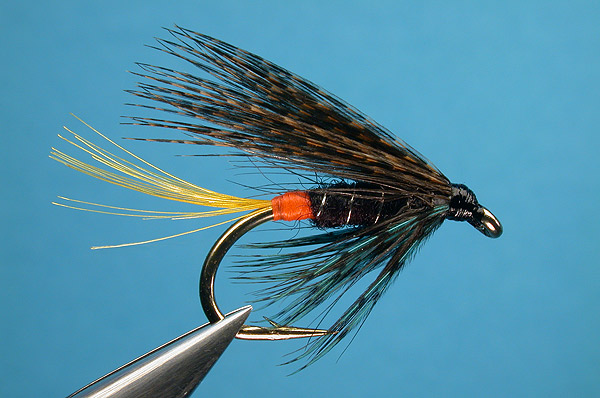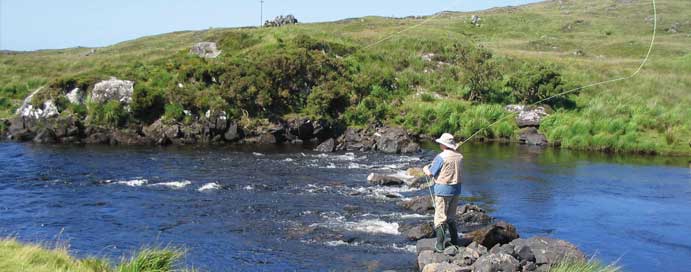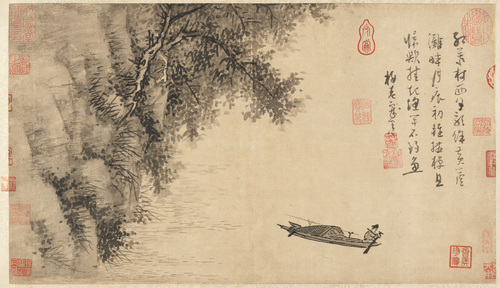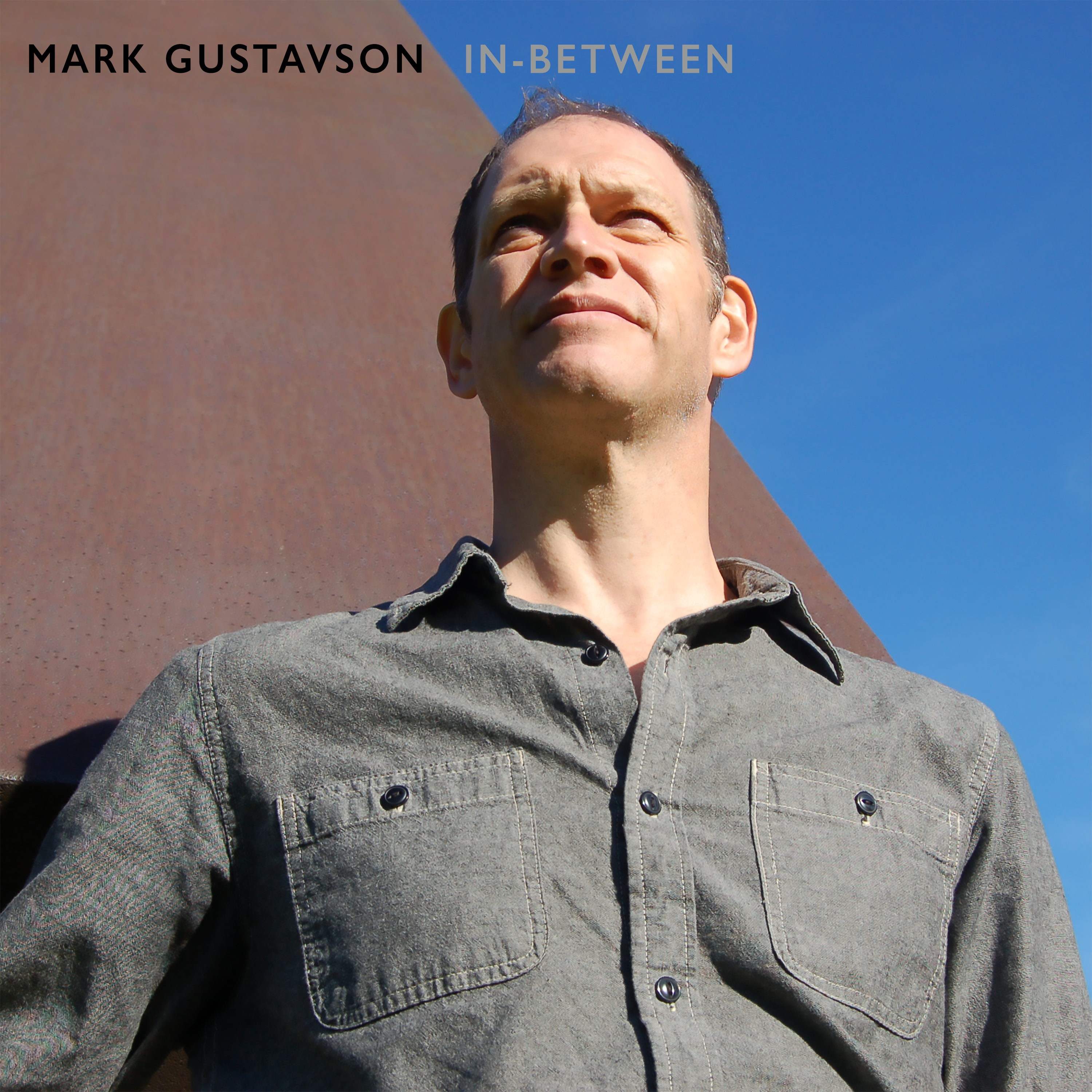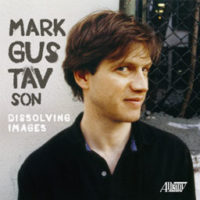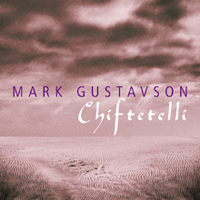Hymn to the Vanished performed by S.O.N.Y.C. (String Orchestra of New York City) at Wiell Recital Hall (at Carnegie Hall) in May 2002. The work is dedicated to those who perished in the 9/11 terrorist attacks.
BACKGROUND
On September 11, 2001, Pam and I were recently beginning to split our time between living in our east village apartment and our home on Poospatuck Creek, a part of the Moriches Bay estuary on Long Island.

Poospatuck Creek
Pam was at the apartment and I decided to stay at the house for a week. I woke up early and sat on the dock taking in the bluebird sky and crisp air. I had no idea what was going on in the city until I was in my car listening to the radio and the confusion of reports. At the time I didn’t have a cell phone to contact Pam and the phone lines were over loaded. Later in the day I was finally able to get in touch with her to find she was safe. Separately, we made our way back that evening to our Long Island home.
After a few days of listening to nonstop reports I found myself emotionally overwhelmed. A profound sadness moved me to compose a piece. I contacted the conductor Nick Armstrong who is the director of the Brooklyn Symphony Orchestra and asked him if I could compose a memorial piece to be presented on a program in October. We agreed on a string orchestra. Even though I finished the work rather quickly there wasn’t enough time to rehearse the work for October, so it was pushed to a December concert at Brooklyn College’s Gershwin Hall.
The question I ask myself about works in memorium is how to listen to them. Do I listen to the work with consideration for whom the work is dedicated or do I experience the work independently of the memorialized? I choose the later. The work is the expression. I would like to experience the work without the history and memories that would cause a conflict with my perception of the work’s intention. The work’s attitude will have been influenced by the history and meaning that inspired it without me adding another layer of thinking on top of it. Even though what inspired the piece is significant, the work of art is independent of it. The compassion that brought about the work can be a model to absorb the experience of the event, to feel the event and then, when ready, to let it go. If we are open minded, works of art can remind us that compassion and creativity can help free our psyche of these constantly occurring miseries and atrocities in the world.

